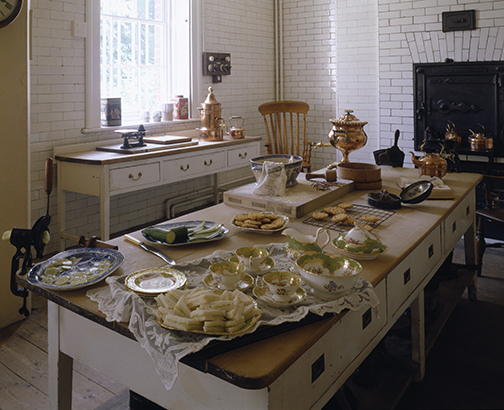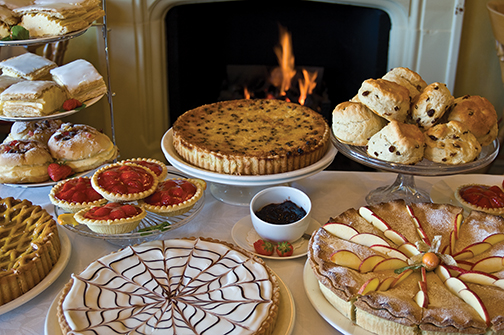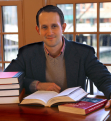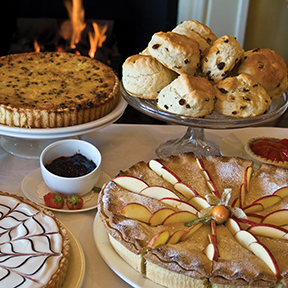In country houses of Victorian England, the preparation of sandwiches, cakes, biscuits and other recipes for tea was carried out not in the kitchens but in the stillroom, where the maid worked under the direct supervision of the housekeeper. The stillroom in previous centuries had been the province of the mistress of the house, and it was here that she prepared sweetmeats, confectionery and cordials for the banqueting or dessert course of the main meal.
A Victorian Afternoon Tea Guide
Afternoon tea, as Marie Bayard wrote in 1884 in Hints on Etiquette, was “not supposed to be a substantial meal, merely a light refreshment.” The food and drink were then less important than the event itself.
“Cakes,” she said, “thin bread and butter, and hot buttered scones, muffins, or toast are all the accompaniments strictly necessary.” The Lady at Home and Abroad, published in 1898, endorsed this view, adding, “such things as champagne cups, foie gras sandwiches, macedoines (salads) of fruit, etc., would be considered outré and out of place.”
Neat, crustless sandwiches were a particularly useful teatime food, allowing hostesses the possibility of introducing more exciting flavors. More important, perhaps, the sandwiches had to be able to be eaten without risk of soiling gloves and other articles of clothing.
Mrs. Beeton, the ultimate authority on recipes and menus of the Victorian age, told readers in 1892 that sandwiches “intended for ‘afternoon tea’ are dainty trifles, pleasing to the eye and palette, but too flimsy to allay hunger where it exists.” Whereas for some events Victorians loved to decorate the outside of sandwiches “with various coloured chaud-frois sauces,” those intended for tea were plain to protect the gloves.
Or, as my teacher Dorothea Johnson, founder of the Protocol School of Washington and my co-author of Tea & Etiquette, always reminded me, “You never want to look hungry at afternoon tea.”



